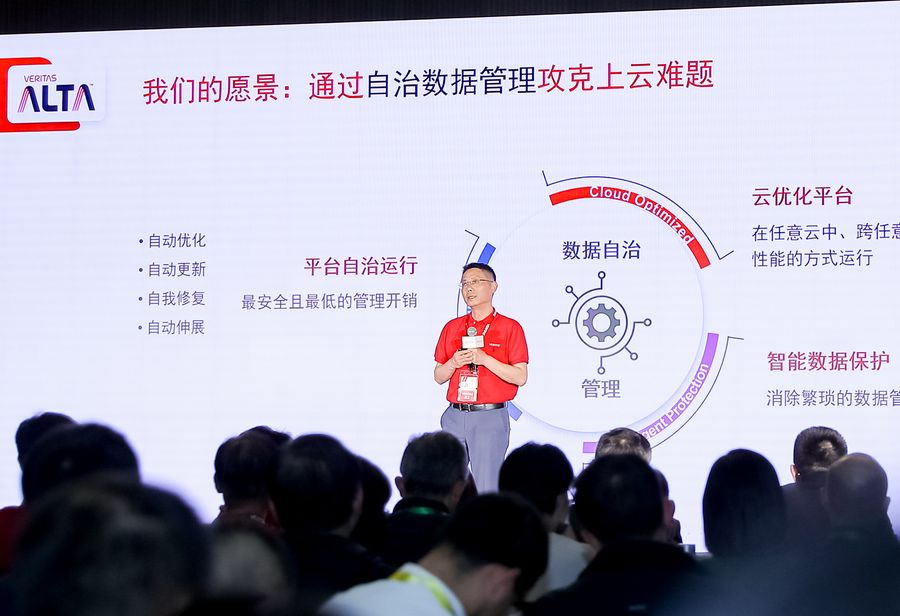Visibility
Performance monitoring and management tools are available at each layer of the data access stack, giving administrators specific insight into each domain. However, the complex mix of multi-vendor systems deployed in a typical IT infrastructure, and the nature of SQL statements to traverse many domains as they make their way from the application server to the database and back, impedes the fast and effective diagnosis of problems.
A SQL statement passes in and out of the awareness of local system administrators. The further the SQL request is from the administrator’s area of responsibility, the weaker the administrator’s tools are at diagnosing the nature of a problem. This lack of visibility often results in finger-pointing, as frustrated administrators, unable to see what is happening down the road, throw up their hands and say that the performance issue is somebody else’s problem. The application administrator, fielding calls from users about slow response time, identifies the database as the culprit. The DBA, unable to find an obvious problem in the database, blames the storage subsystem. And the storage administrator, lacking the context to indicate which I/Os are a priority, pushes the problem back to the application administrator. Tracing a data access request from application to the storage array demonstrates the problem.
The administrator of an application server has tools that will assess how well the server is running, but as soon as a request is out on the network it moves out of range. The network administrator can track the health of data packets in the network infrastructure but has no insight into the individual requests in each packet. At the database server, the DBA’s tools allow a SQL statement to be monitored for efficiency, but the upstream application and downstream storage environments are largely invisible. Transformed into I/O, the application’s data access request traverses multiple layers of abstraction before it accesses the physical hard disks of the storage array. The tools available to the storage administrator allow excellent visibility into the nature of potential performance-restricting conflicts at the I/O level, but cannot provide the context needed to assess which I/Os are critically important to the business and which are less so.







